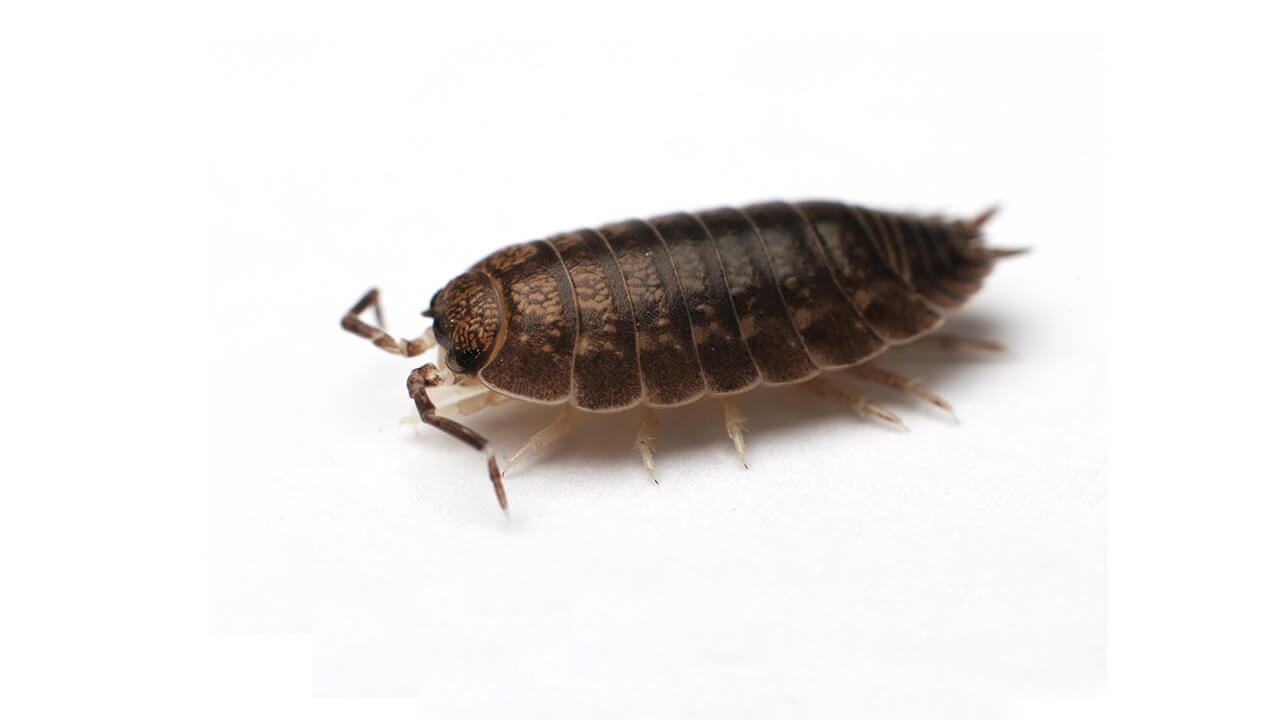
Sow bugs, also known as woodlice or pill bugs, are fascinating creatures that belong to the class Crustacea. These small crustaceans are commonly found in damp environments such as gardens, basements, and other areas with high humidity. While they may resemble insects, sow bugs are actually more closely related to lobsters and crabs.
In this article, we will explore 11 interesting facts about sow bugs that will surely pique your curiosity. From their unique ability to roll into a tight ball to their important role in the ecosystem, sow bugs have plenty of secrets to unveil. So, let’s dive in and discover the incredible world of these tiny crawlers!
Key Takeaways:
- Sow bugs, also known as woodlice or pill bugs, are small creatures that play a big role in nature by breaking down decaying matter and recycling nutrients, helping to maintain a healthy ecosystem.
- These nocturnal, armadillo-like critters are harmless to humans and rely on moisture to thrive. They are important decomposers and use their sensitive antennae to explore their environment.
Habitat
Sow bugs are found in damp and dark environments such as gardens, under rocks, logs, and leaf litter. They prefer moisture-rich areas to thrive.
Diet
Sow bugs are detrivores, which means they primarily feed on decaying organic matter such as dead plants and animals. They play an essential role in breaking down organic material and recycling nutrients.
Armadillo-like Defense
When threatened, sow bugs can roll their bodies into a tight ball, resembling an armadillo. This behavior helps protect their soft undersides from predators.
Lifespan
On average, sow bugs have a lifespan of approximately two years. However, under favorable conditions, they can live up to three years.
Breeding and Reproduction
Sow bugs undergo direct development, meaning they do not pass through a larval stage. The female lays eggs which hatch into miniature versions of the adults.
Moisture Dependency
Due to their high moisture requirements, sow bugs tend to avoid dry environments. They rely on water to respire, so they are commonly found in areas with a humidity level above 50%.
Nocturnal Creatures
Sow bugs are primarily active during the night, foraging for food and seeking shelter. They are more active in the spring and summer months when conditions are optimal.
Armored Exoskeleton
Like all crustaceans, sow bugs have a hard exoskeleton that provides protection and support. As they grow, they shed their old exoskeleton and develop a new one through a process called molting.
Decomposition Role
Sow bugs are important decomposers in ecosystems. Their feeding habits help break down decaying matter, assisting in the recycling of nutrients back into the soil.
Sensory Abilities
Sow bugs have two pairs of antennae that they use to explore their surroundings. These antennae are highly sensitive to touch, vibrations, and chemicals in their environment.
Harmless to Humans
While sow bugs may sometimes be mistaken for pests, they are harmless to humans. They do not bite, sting, or transmit diseases. Instead, they contribute positively to the ecosystem.
These 11 sow bug facts offer a glimpse into the fascinating world of these unique crustaceans. From their habitat preferences to their defense mechanisms, sow bugs play an important role in maintaining the delicate balance of nature.
So, the next time you come across these little armored critters in your garden, remember to appreciate the vital work they do in nature!
Conclusion
In conclusion, sow bugs may be small and unassuming creatures, but they play a crucial role in our ecosystem. From their ability to break down organic matter to their role as decomposers, sow bugs are fascinating creatures worth learning about. Their unique features and behaviors make them an intriguing subject of study. Whether you encounter them in your garden or stumble upon them in a dark, damp corner of your home, take a moment to appreciate these little critters and the important role they play in maintaining the balance of nature.
FAQs
1. What do sow bugs eat?
Sow bugs primarily feed on decaying organic matter, such as fallen leaves, dead plants, and rotting wood. They play a critical role in breaking down these materials and returning important nutrients back to the soil.
2. Can sow bugs damage my garden?
While sow bugs may occasionally feed on the tender shoots of seedlings, they generally do not cause significant damage to established plants. In fact, their presence can be beneficial as they help to recycle organic matter and improve soil fertility.
3. Are sow bugs dangerous to humans?
No, sow bugs are not dangerous to humans. They do not bite, sting, or transmit diseases. They are harmless creatures that prefer to stay hidden and avoid human contact.
4. How do sow bugs reproduce?
Sow bugs reproduce through a process called “direct development.” They do not lay eggs but instead give birth to live young. The female sow bug carries developing eggs in a brood pouch attached to her abdomen until they hatch.
5. How can I prevent sow bugs from entering my home?
To prevent sow bugs from entering your home, make sure to seal any cracks or gaps in the foundation and walls. Keep your home dry and well-ventilated to reduce moisture and dampness, as sow bugs are attracted to moist environments.
Was this page helpful?
Our commitment to delivering trustworthy and engaging content is at the heart of what we do. Each fact on our site is contributed by real users like you, bringing a wealth of diverse insights and information. To ensure the highest standards of accuracy and reliability, our dedicated editors meticulously review each submission. This process guarantees that the facts we share are not only fascinating but also credible. Trust in our commitment to quality and authenticity as you explore and learn with us.
